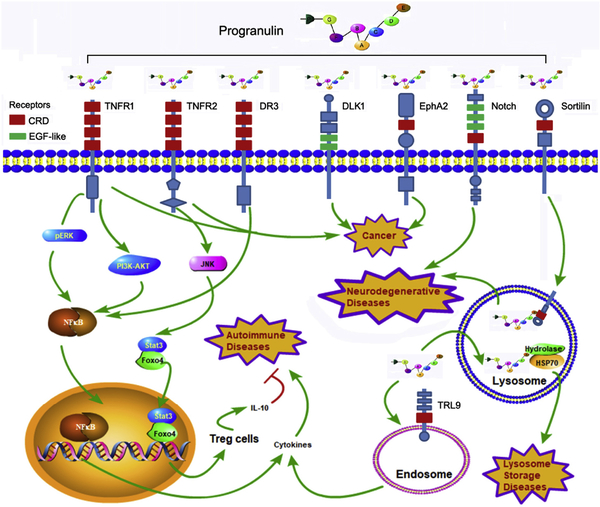Figure 2. Systematic illustration of PGRN-mediated signaling pathways.
The functional pluripotency of PGRN and its associated targeting strategies lie on its motif-dependent activation of various signaling pathways. Associations with different membrane receptors from different families may account for PGRN’s multiple functions under different pathophysiological conditions. For instance, in the course of inflammation, PGRN binds to TNFR1 and activates ERK and PI3K/AKT pathways, leading to the inhibition of TNF-α induced NF-κB inflammatory pathway, whereas PGRN also directly binds to TNFR2 with high affinity and promotes Treg cell differentiation by activating JNK-Stat3/Foxo4 signal cascade. PGRN binding to TLR9 in the endosome plays key roles in innate immunity against bacterial infection. Interactions with sortilin and Notch receptors play important roles in PGRN’s protective role in neurons, particularly in preventing neuronal degeneration. EphA2 may be also involved in PGRN-mediated cell proliferation during carcinogenesis. In addition to functioning as a growth factor-like molecule extracellularly, PGRN also acts as a cytoplasmic co-chaperone intracellularly to assist lysosomal enzyme trafficking, and absence of this function leads to various lysosome storage diseases. The CRD and EGF-like domains in various receptors, which are probably involved in their interactions with PGRN, are indicated.

